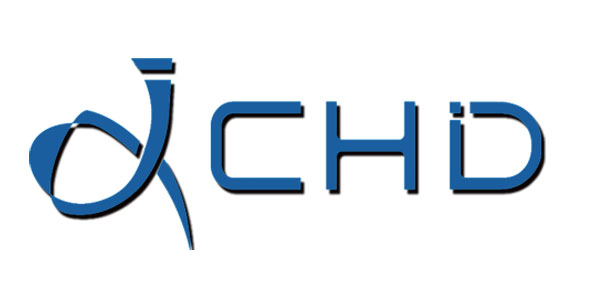
The global hair removal wax market was valued at over USD 11.5 billion in 2024. The market is expected to grow from USD 12.3 billion in 2025 to USD 21.9 billion in 2034 at a CAGR of 6.7%.
Driven by evolving beauty standards, rising disposable incomes, and technological advancements, the hair removal wax market is experiencing robust growth. According to the U.S. Bureau of Labor Statistics, the global personal care market, which includes hair removal products, is projected to grow at a compound annual growth rate (CAGR) of 5.5% during the forecast period of 2024-2029. As consumers increasingly seek efficient and long-lasting hair removal solutions, the demand for waxing products remains strong.
The hair removal wax market boasts a diverse range of offerings, from traditional hot wax to modern formulations like cold wax strips and sugar wax, catering to varied skin types and preferences. The growing popularity of home-based waxing kits, emphasizing convenience and affordability, has further propelled the market’s expansion. According to a report by the International Trade Administration, the global beauty and personal care market reached USD 500 billion in 2023, with hair removal products accounting for a significant share.
Social media’s influence and changing beauty standards have heightened the focus on personal grooming, prompting many to pursue effective hair removal methods. The convenience and cost-effectiveness of at-home waxing, both for hair removal and exfoliation, have driven its rising popularity, bolstering the demand for related products and kits. Globally, the burgeoning culture of salons and spas has significantly fueled market growth, with many consumers opting for professional waxing services for enhanced results and a touch of luxury.
According to the Professional Beauty Association, the salon and spa industry in the United States alone generated over USD 60 billion in revenue in 2023, with waxing services contributing substantially. Additionally, as disposable incomes rise and lifestyles evolve, consumers are increasingly dedicating resources to grooming, often choosing premium waxing products or salon services. Data from the World Bank indicates that global disposable income per capita has been steadily increasing, further enabling consumers to invest in personal care products and services.
Shaving, depilatories, and laser treatments provide fierce competition, making this market very difficult to penetrate. Each of these options comes with varying levels of convenience, effectiveness, and pain mitigation, which continuously endanger the place which the waxing industry has claimed as theirs. Furthermore, the pain, discomfort, and skin irritation that comes with waxing is still a concern for a considerable number of customers. Even as new waxing products are developed and methods of application improved to aid in discomfort, some people still feel that the process is unpleasant, or the pain is too much, and so to avoid this, they steer clear of waxing products completely.

